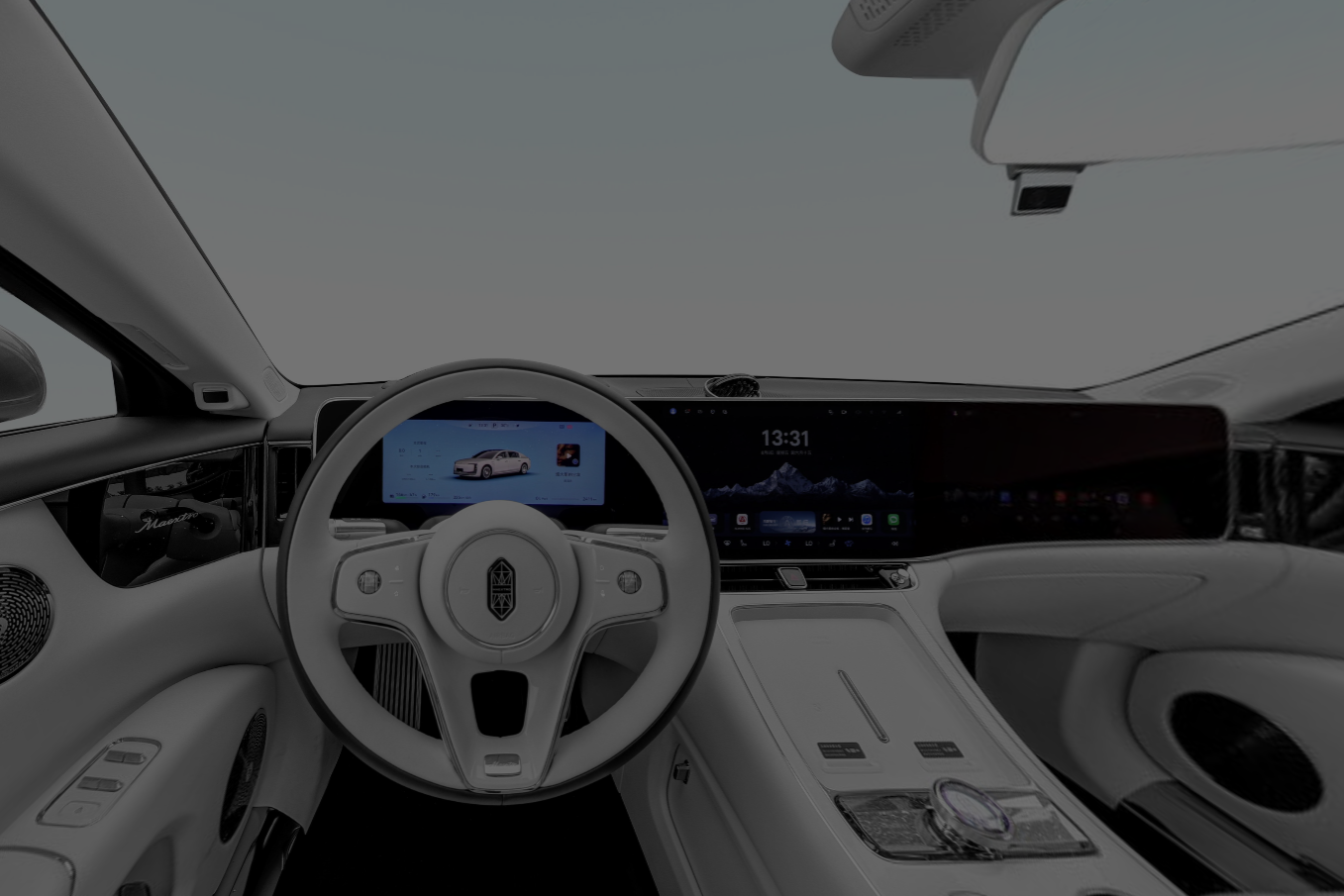[Space Performance]
Among the A-class pure electric models on the market, it's probably only the BYD series that features CTB body design. Its interior space ranks among the top in the A-class segment. The front seats are integrated sports seats with comfortable materials and excellent ergonomic design. The seats have a wide range of adjustability. Even someone like me, who is 190 cm tall, can find a relatively comfortable sitting position in the front row. It's a truly valuable experience.
[Intelligent Cockpit]
As long as you're not part of the tech geek group, BYD's current in - vehicle system is definitely sufficient. The system is quite smooth, and you can install various software on your own. It's not limited to the software in the in - vehicle app market; you can also log in to the browser and download and install software that's not available in the in - vehicle app market. Unlike many automakers, BYD's in - vehicle system is not a closed one. Most in - car operations, including navigation and music playback, can be controlled via voice.
[Driving Experience]
The experience of the Yunliang C chassis is definitely a plus. When driving over bumpy roads, the chassis feels cohesive, and the suspension effectively suppresses unnecessary bounces. The chassis mode is linked to the overall driving mode, but it can also be adjusted independently. The difference between the comfort and sport modes is obvious, catering to different driving habits. The overall steering feel is above average, but the responsiveness of the steering self - centering seems to be lacking (in both comfort and sport modes), not as impressive as the steering feel of the previous - generation Seal EV four - wheel drive version I test - drove.
I've always adhered to the view that buying a car isn't just about getting a power battery. A vehicle is an integrated system, and its overall product strength should be considered. After the official release of the Seal 06 EV's price, a large number of one - sided and nit - picking comments suddenly appeared online, trying to lead the public opinion. For example, some people complain that the Seal's 56 - kWh battery is too small while hyping up the 60 - kWh battery of Xpeng (is a difference of only 4 kWh really that significant?). There are even blatant smear campaigns against the Yunliang C, an over - class configuration. It's obviously an organized effort by online trolls. Focusing solely on criticizing the power battery subsystem and easily judging the overall product strength of the vehicle based on a single subsystem is the behavior of trolls, not what a mature and rational consumer should do. I hope that real car - buying customers can stay firm and have their own opinions, and not be easily swayed by these online trolls.




















